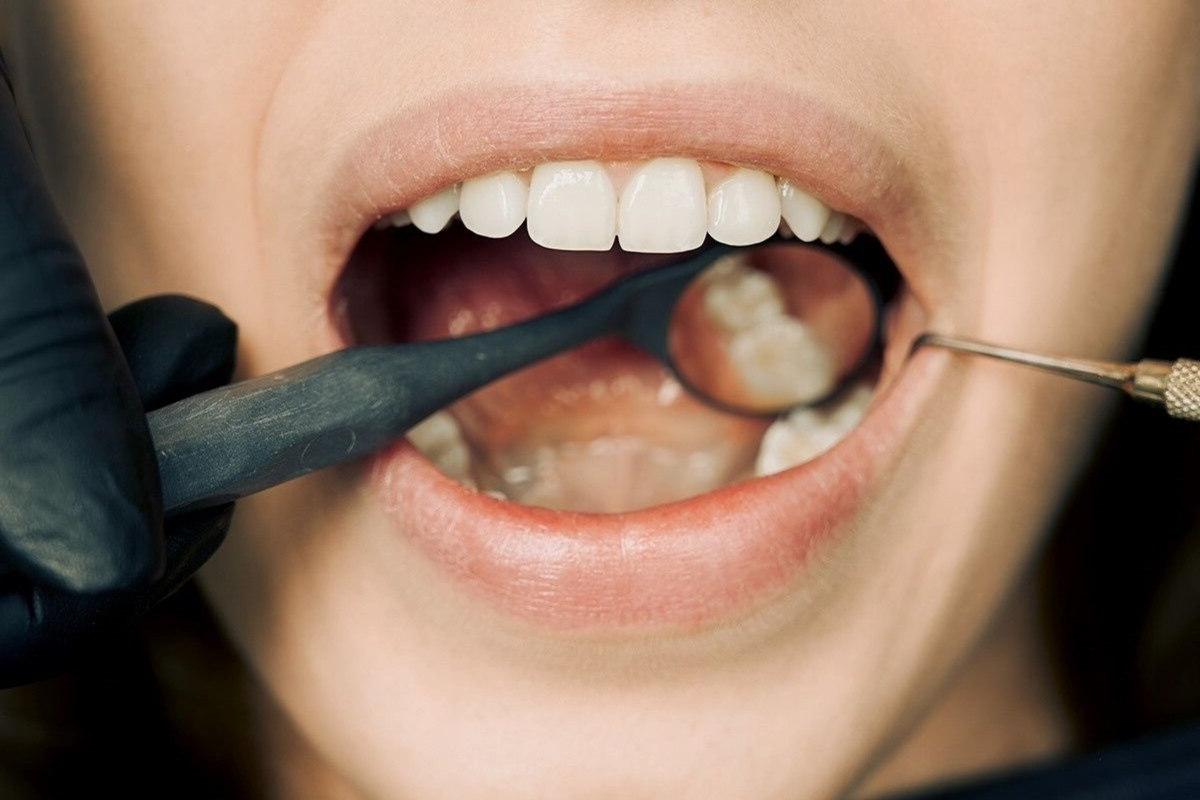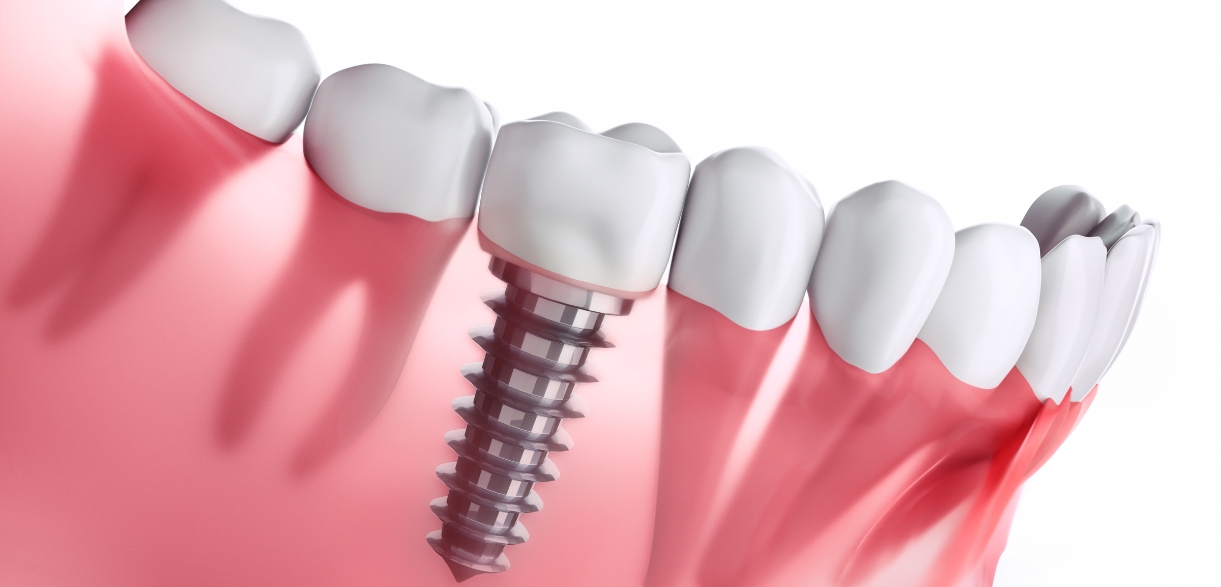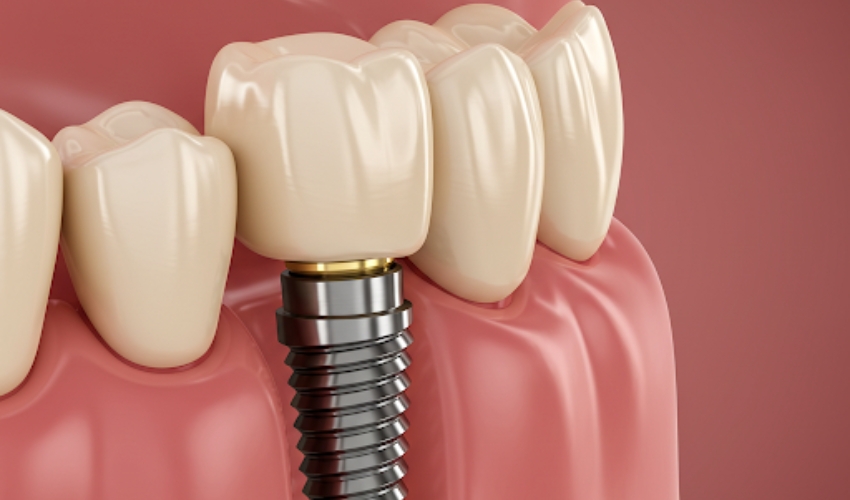Brentwood: (615) 235-1966

The Role of Bone Grafts in Dental Implant Success
Brentwood, TN

Dental implant success depends on more than the titanium rod. Stability is determined by bone condition. Patients overlook this correlation and welcome complications. Lost teeth precipitate bone loss and threaten implant stability. Advanced dentistry uses bone grafts to restore jaw strength. Bone grafts give implants a long-lasting support structure.
The following is a step-by-step outline of bone grafts, their applications, and their use in successful dental implants. Readers will discover why bone condition is a crucial part of long-lasting smiles.
What Are Bone Grafts in Dentistry?
Bone grafting strengthens weakened jaws before implants. Dentists place bone material in regions of insufficient density. Four categories exist: autografts from patients, allografts from donors, xenografts from animals, and synthetic alternatives. All these categories provide structural support for the site of the implant.
Dentists recommend grafting when bone cannot naturally support implants. Bone grafts create a stable environment that is favorable for the success of dental implants in Lewisburg. If not, implants can fail, become loose, or cause oral complications. Bone grafting ensures long-term dental health and implant functioning.
Why Bone Health Is Important to Dental Implants
Dental implant success depends on bone density and volume. Missing teeth result in progressive resorption of bone. If untreated, resorption alters the bite alignment and damages oral health. Patients suffer from facial collapse, speech difficulties, and chewing dysfunction. Compromised bone increases the risk of implant failure.
Optimal bone density ensures the predictability and stability of osseointegration with long-lasting duration. Dentists pre-screen bone to ensure success rates. Bone support directly influences the success of dental implants. Healthy bone shields implants and ensures permanent treatment outcomes.
When Is a Bone Graft Needed Before Implants?
Dentists prescribe grafts after bone loss as a result of trauma, periodontal infection, or extended tooth loss. Sparing ridges of the jaw and minimal bone height require grafting. Clinical evaluation needs panoramic X-rays and advanced CBCT scans. The equipment measures density and plots bone resorption patterns.
Dental implant success relies on catching defects early. Bone grafts rebuild missing areas to provide adequate implant support. Without grafting, patients experience failed outcomes and compromised oral health. Bone grafting prepares jaws for reliable dental implant success.
How Bone Grafts Ensure Implant Success
Bone grafts act as scaffolding, which encourages the body’s own bone growth. New bone integrates with grafted material to achieve strength.
Biologic support helps osseointegration of titanium implants. Improved osseointegration ensures stable, long-term, and predictable results.
Bone grafting minimizes the risk of loosening, infection, or implant failure. More healthy bone environment highly enhances the success of dental implants. Dentists stress grafting as a key pre-implant procedure. Patients report greater comfort, long-term reliability, and restoration of oral function with graft support.
The Bone Grafting Process: What Patients Can Expect
Bone grafting is a normal day-care operation. Dentists numb the region for comfort. Careful placement of graft material is done where required. Three to six months must be allowed for healing to achieve complete integration.
Patients are given particular aftercare directions for optimal recovery. These include soft diets, oral hygiene, and follow-up appointments. Healing creates a stable bed prepared to have an implant inserted. This preparation maximizes dental implant success. Patients experience safer procedures, enhanced healing, and long-term implant outcomes.
Benefits of Bone Grafting for Long Oral Health
Bone grafts build strong foundations for dental implants. Patients enjoy improved chewing function and confident smiles. Grafting preserves facial shapes by preventing bone shrinkage and sagging. Restored density prevents migration of bordering teeth. Jawbone support eliminates future dental issues.
The success of dental implants in Lewisburg in the long term depends on this foundation. Bone grafting contributes to healthier gums, bigger bites, and stable implants. Through grafting, both functional and cosmetic results are realized by the patients. Permanent implants transform the quality of life for many individuals.
Bone grafting provides firmer support for dental implants and more positive outcomes. The safe process safeguards long-term function and stability. Success with dental implants is far greater when bone grafts correct jaw health.
Don’t neglect bone well-being before implant treatment. Visiting us will assist in determining if grafting is required. Contact us today to see how grafting can make your smile ready for long-term dental implant success.





